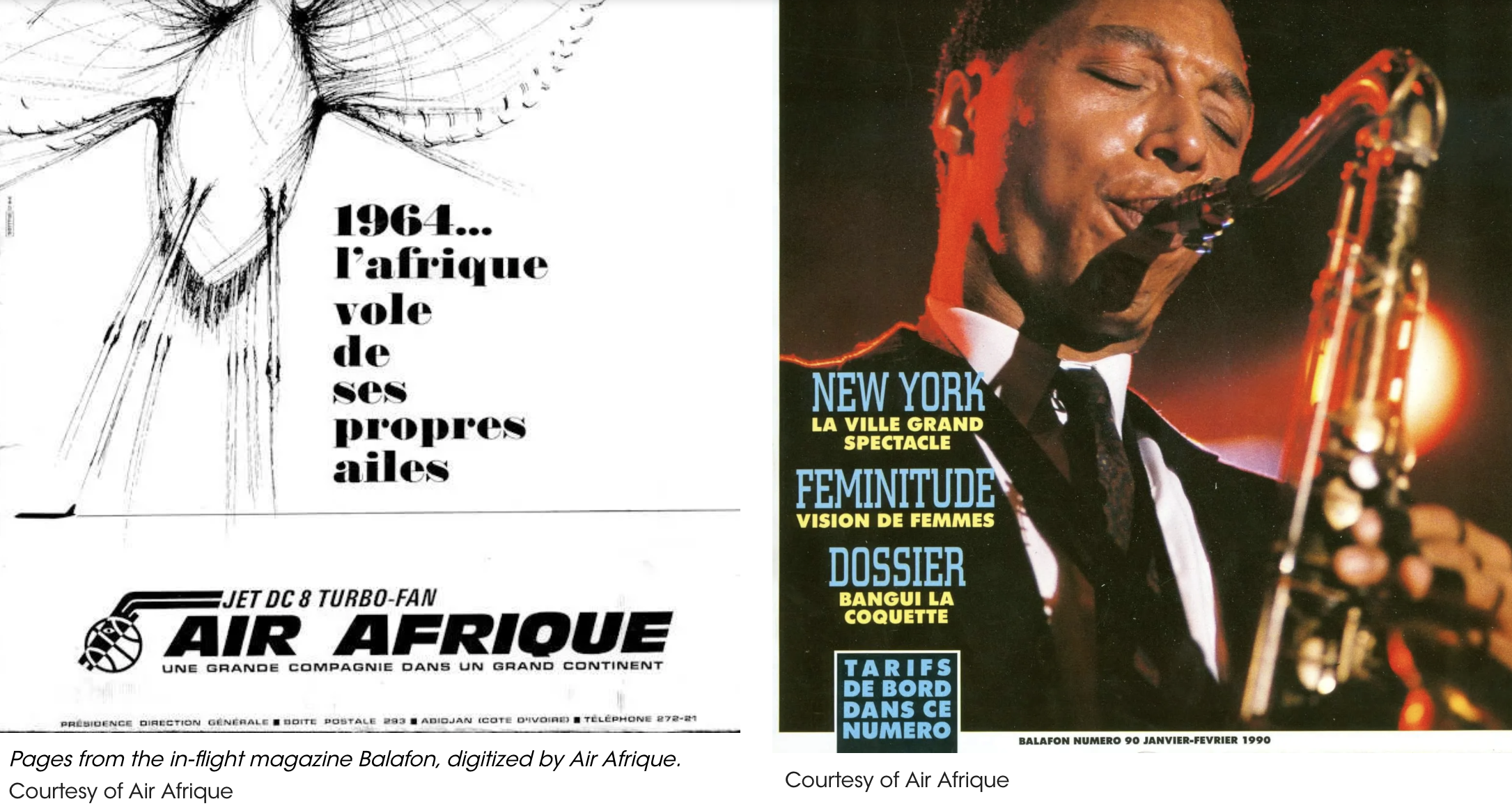Pharrell Williams and Louis Vuitton Men Spring 2025 Highlight Air Afrique and United Nations Global Family
/Louis Vuitton Men releases its Spring 2025 campaign, lensed by Stef Mitchell with Gabriel Moses [IG] as photographer and director. The visual effects are a continuation of the major themes Louis Vuitton Men creative director Pharrell Williams introduced at his fashion show held in Paris at UNESCO House.
Back for a return performance was my beloved Norfolk, VA based choir, Voices of Fire, one of several elements that provides strong continuity thread for LVM brand DNA, swimming against a fashion-commenting chorus that demands change, change, change.
Pharrell says to us [Anne’s words]: “Wait a moment, let’s slow things down here. My Louis Vuitton tenure designing for this great brand propelled by excellence involves concepts and ideas, too.
What good is fashion if all we do is mindlessly sell expensive luxury products? Historically, clothes meant something to people. They were signatures and symbols of beliefs and values.
No, man. We are members of a global community and we have obligations to our human family. If you can afford to wear the clothes and stay in our new Paris hotel, we need you rowing in our human family boat, my friends.
Louis Vuitton Men Under Pharrell Helps Drive the Cultural Zeitgeist
Only a couple of us cover Pharrell’s shows and design vibes from the cultural perspective as ascendant over the pure fashion. It was Vogue’s Luke Leitch who came to the rescue in the aftermath of Pharrell’s blockbuster opening night in Paris, showcasing the spring 2024.
Anne had a holy fit that night June 20, 2023 as the first reviews rolled in from Vogue Business and Vogue. And I told them so in probably one of the most frank messages ever delivered to Vogue Business in chat.
It was Leitch who brought some intellectual order to the proceedings with his larger understanding of cultural zeitgeist moments. Thankfully, Anne could breath again. I encourage you to read Luke Leitch’s review of the spring 2025 Louis Vuitton show on Vogue Runway.
Flying Air Afrique: An Original Collective
Pharrell initially viewed the spring 2025 show as one underpinning the upcoming Paris Olympics. But it was France’s call for snap elections that could have brought anti-immigration, right-wing leader Marine Le Pen to power that really got his attention. A similar reality was rolling across Europe and absolutely in the United States, with anti-immigration zealots on the move.
In Pharrell’s own words, also quoted by Leitch:
The blue, green, and black check that took off most prominently around 70 looks in was based on a pattern used in luggage created for Air Afrique, the pan-continental airline that operated from the 1960s until 2002. The name was recently revived as a vehicle for diasporic discussion and design here in the French capital by a group of creatives including Lamine Diaoune, Djiby Kebe, Jeremy Konko, and Ahmadou-Bamba Thiam, all of whom worked on this collection alongside Williams. He said: “They all have a reverence for our homeland, the homeland of the species. The way they think about things is so beautiful…And you know, all the colors come from black.”
Founded in 1961 by the leaders of 11 newly-independent West African nations, Air Afrique was emblematic of the Pan-Africanist ideal that was sweeping the continent during its liberation era. Its politically-attuned owners were savvy to the role that culture played in forging national identity, as well as its potential to shape perceptions of Africa on the world stage.
Through endeavors such as the FESPACO film festival, the Dakar Biennale, and the in-flight magazine Balafon, Air Afrique helped evolve artistic dialogues. Dior designed the airline’s uniforms.
The founding countries shared 66 percent ownership of Air Afrique, with French airlines Air France and Union Aéromaritime de Transport taking each a 17 percent share. With the help of their experienced partners, Air Afrique began service in 1961 with 12 Douglas DC-4s. which were borrowed from the French. Abidjan in the Ivory Coast served as Air Afrique’s base of operations; an antelope was chosen as its emblem. The fleet was soon upgraded with two Boeing 707s and Douglas DC-8s.
Pharrell Becomes UNESCO Ambassador
In the aftermath of Pharrell’s Louis Vuitton Men fashion show and this ad campaign, the creative director became a UNESCO Goodwill Ambassador in mid-December.
Williams' new role for the Paris-based U.N. cultural agency will involve promoting initiatives including the protection of indigenous cultures, the advancement of education and health care for women and raising awareness about genocide prevention and safeguarding cultural heritage, based on the press release.
"Growing up in Virginia, never in my wildest dreams did I think I would be given an opportunity like this one," Williams, 51, said in accepting the honor. Pharrell said by taking up the role he hoped to "deepen that sense of unity and togetherness" by doing work that "evens the odds for marginalized communities."
Not only his success but Pharrell’s ability to rise high beyond his origins, as the eldest of three sons in a hard-working Virginia Beach family, inspires so many young people. Older people as well respond to Pharrell’s humanism.
From a business standpoint, when your business is named Humanrace, that speaks volumes about the uber-talent’s life philosophy.
UNESCO said that Williams will serve as a "mentor and role model for young creators, particularly in Africa, where UNESCO supports the development of cultural industries."







